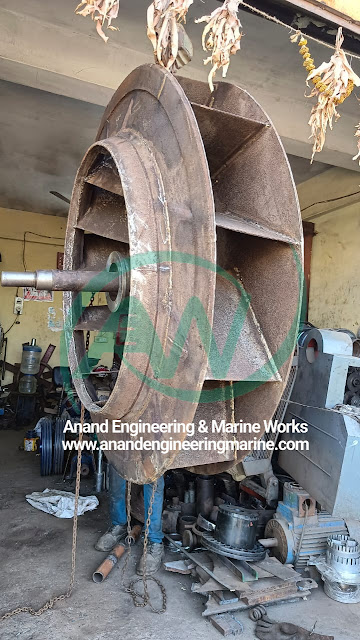Sure, I'd be happy to explain the process of manufacturing a flat belt pulley from aluminum based on a sample at Anand Engineering & Marine Works company. Material Selection: The first step involves choosing the appropriate grade of aluminum based on the specific requirements of the pulley, such as its size, load-bearing capacity, and intended use. Pattern Making: A pattern is created based on the sample pulley. This pattern serves as a template for creating the mold that will be used to shape the aluminum into the desired pulley form. Mold Preparation: The pattern is used to create a mold cavity. This mold can be made of sand or other materials suitable for casting. The mold is created in two halves to allow for easy removal of the finished pulley. Melting and Pouring: Aluminum is melted in a furnace to its liquid state. Once the desired temperature is reached, the molten aluminum is poured into the prepared mold cavity. Cooling and Solidification: The molten aluminum cools a...
- Get link
- X
- Other Apps



Comments
Post a Comment